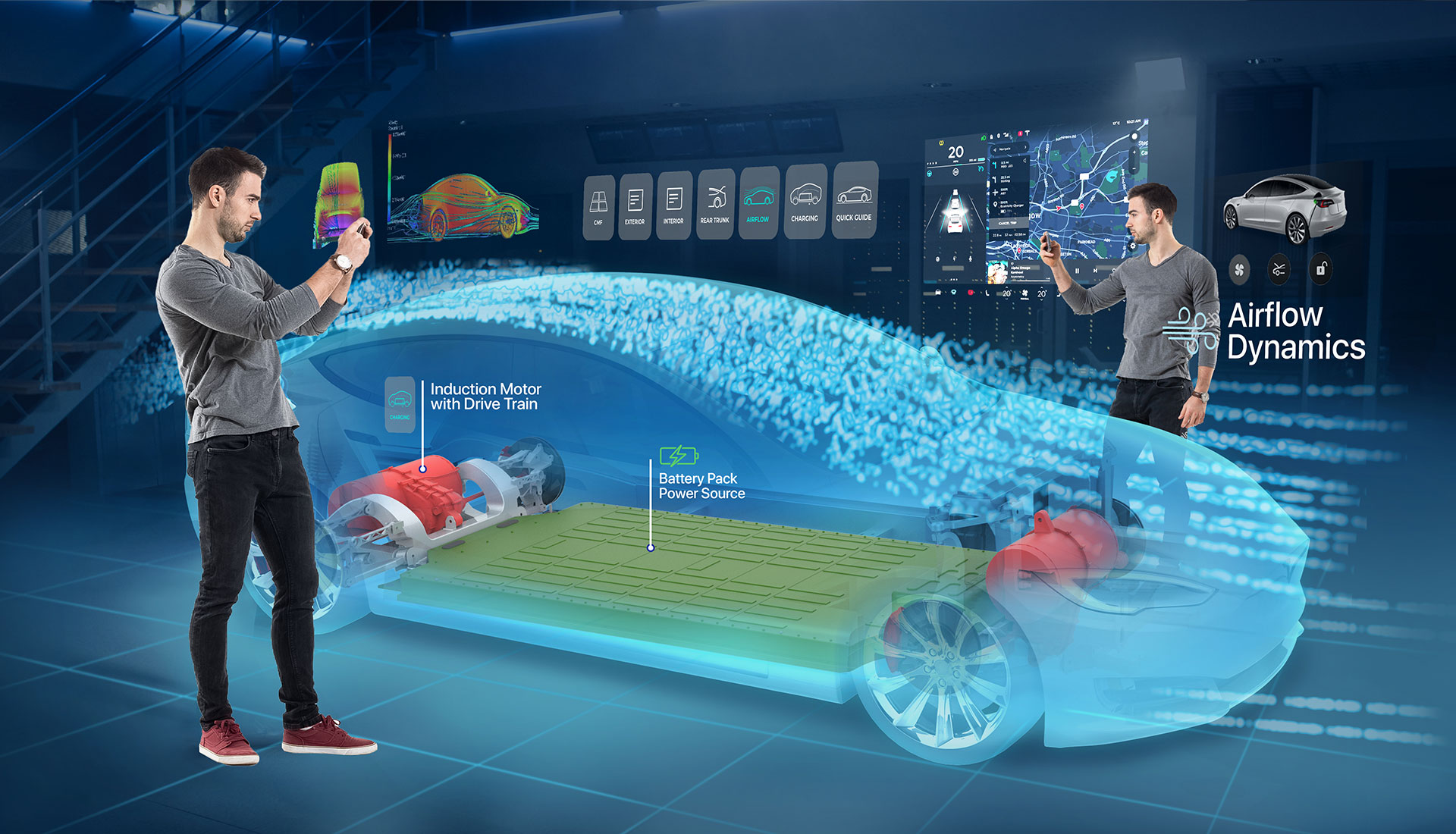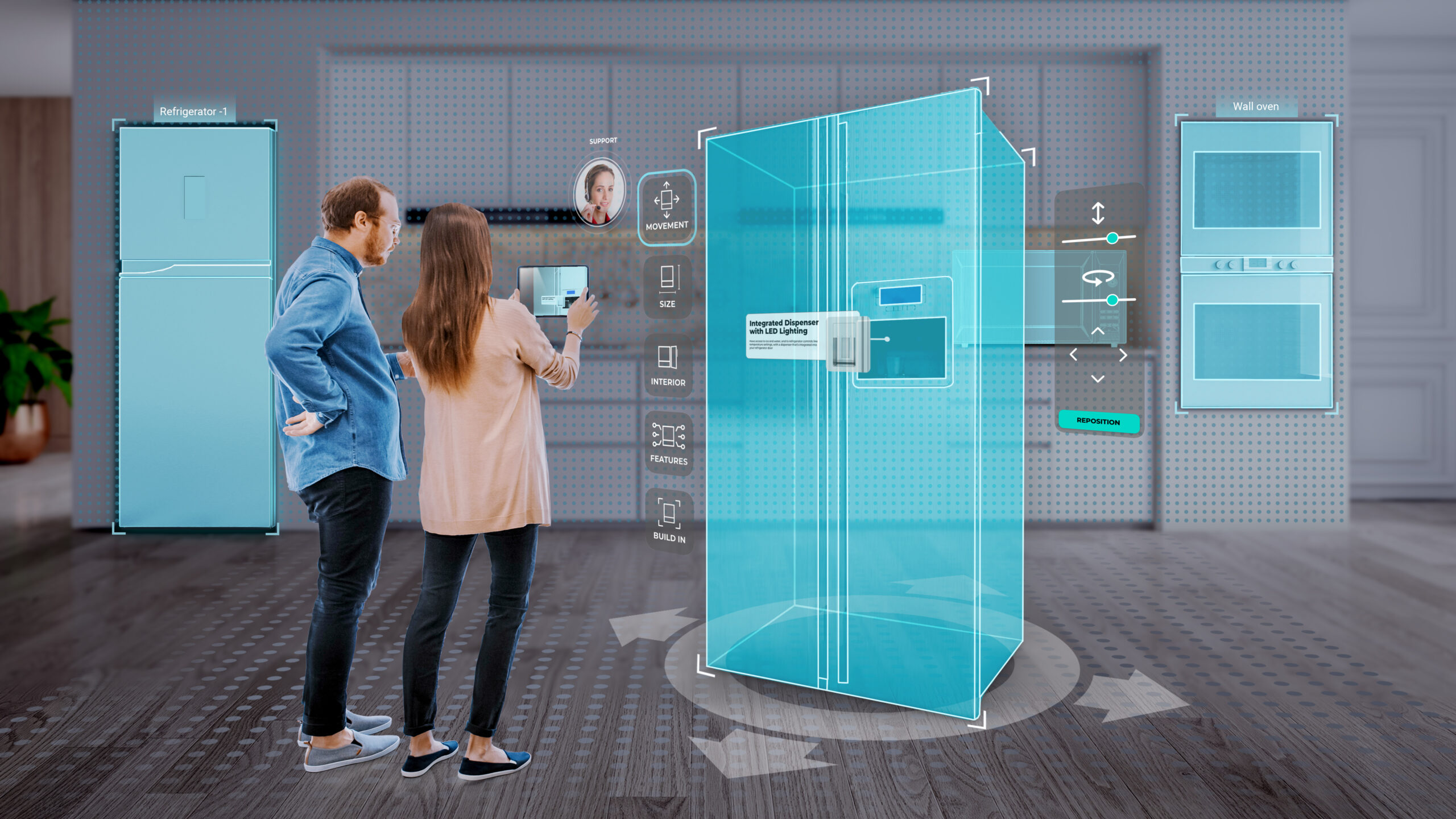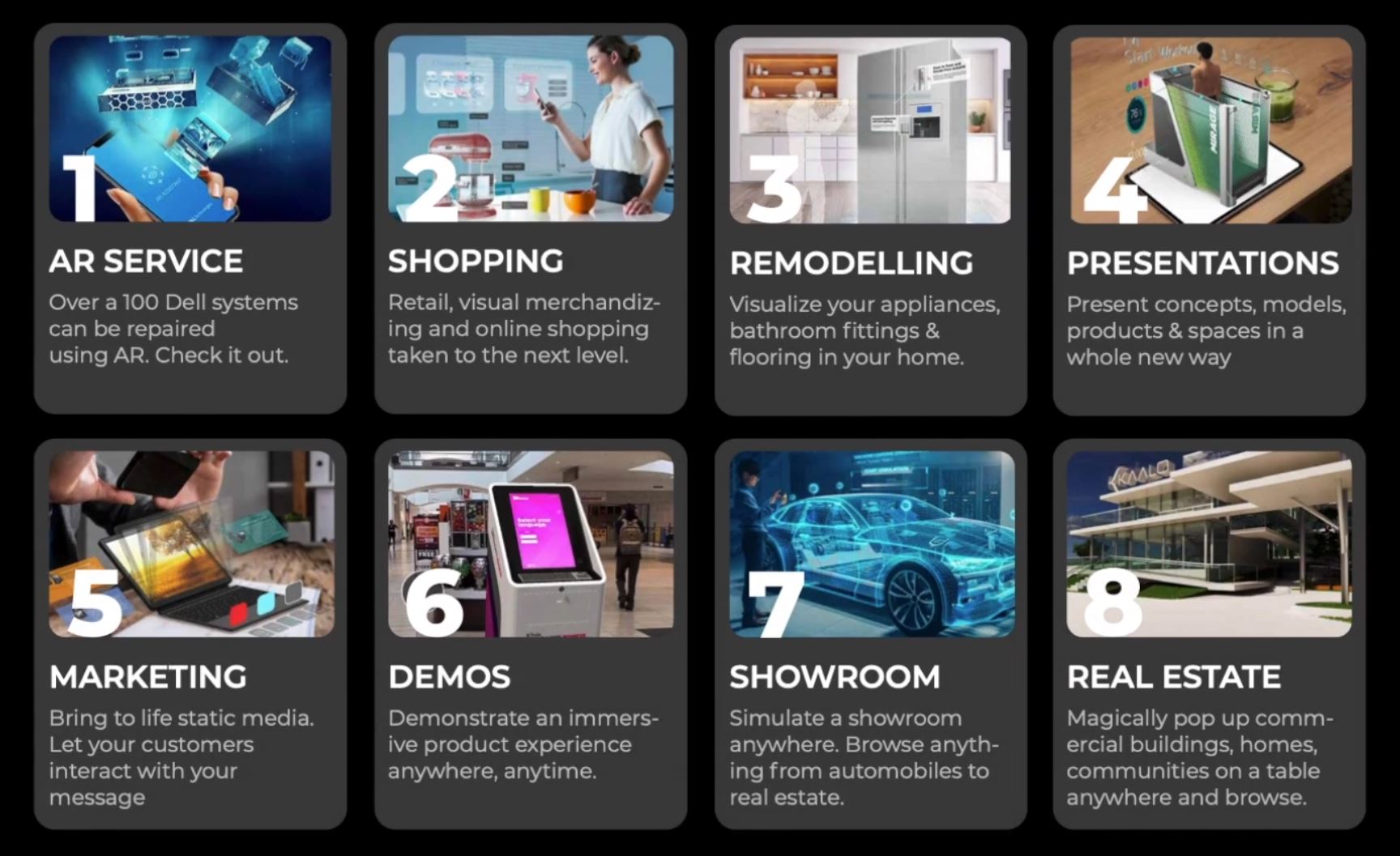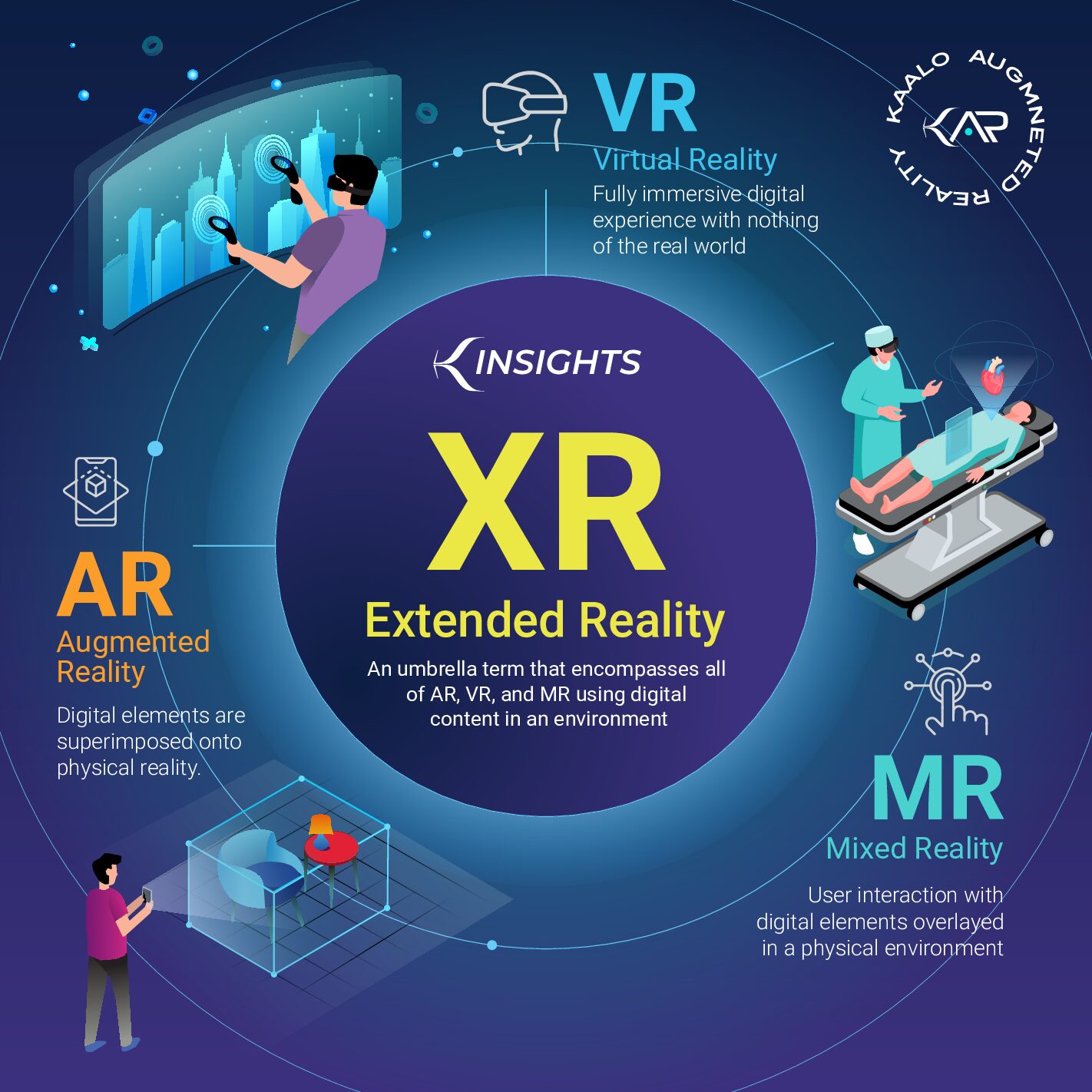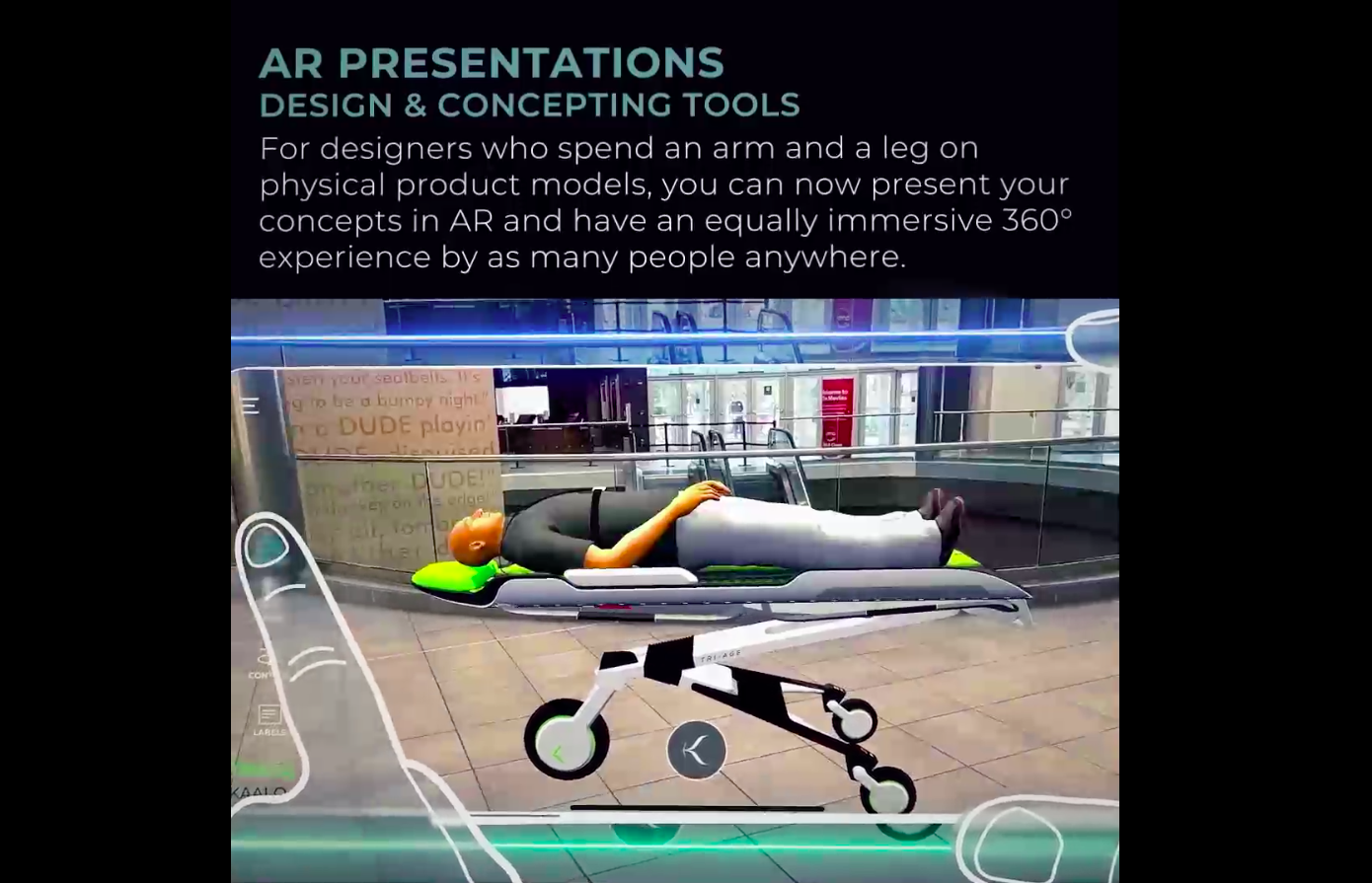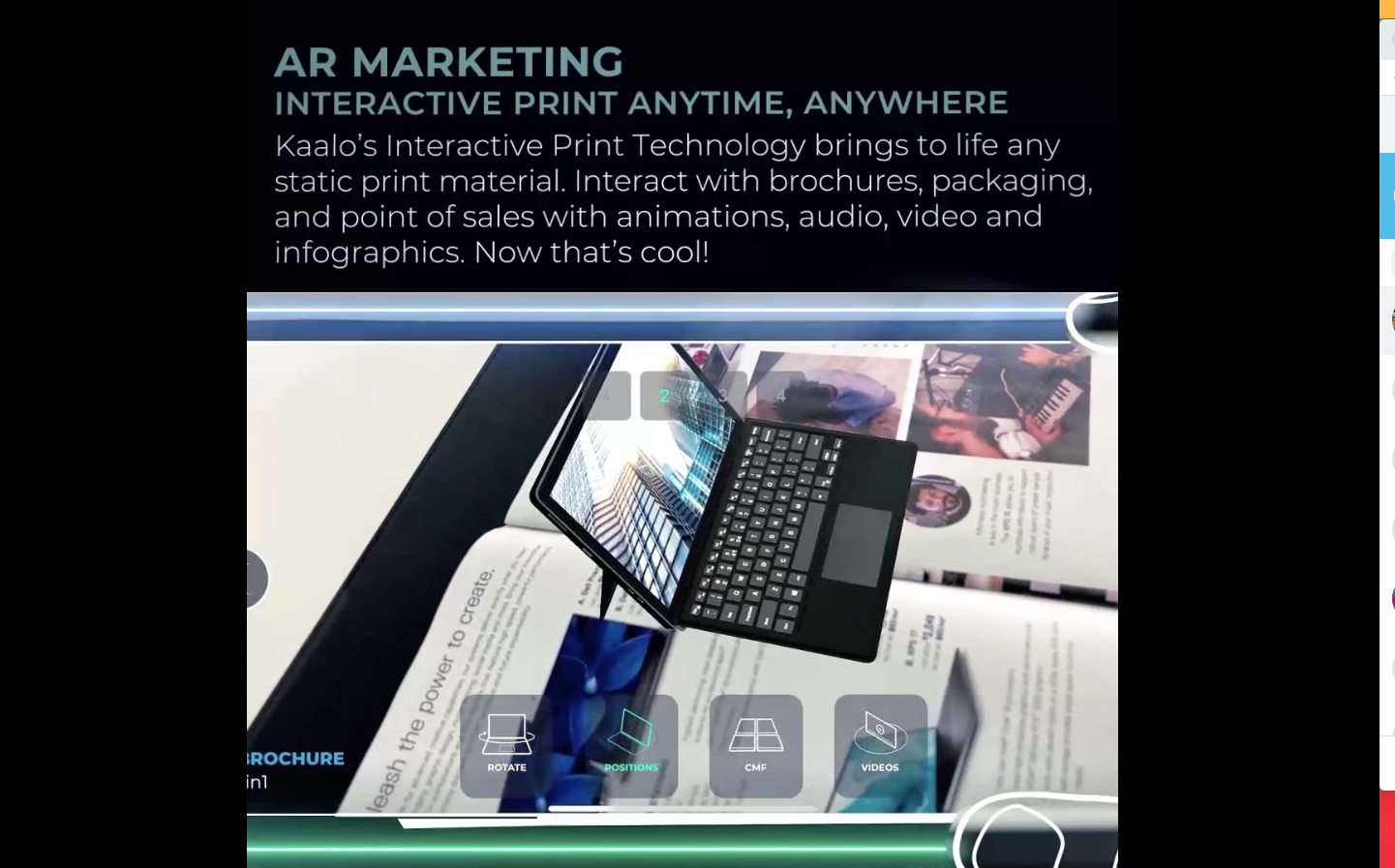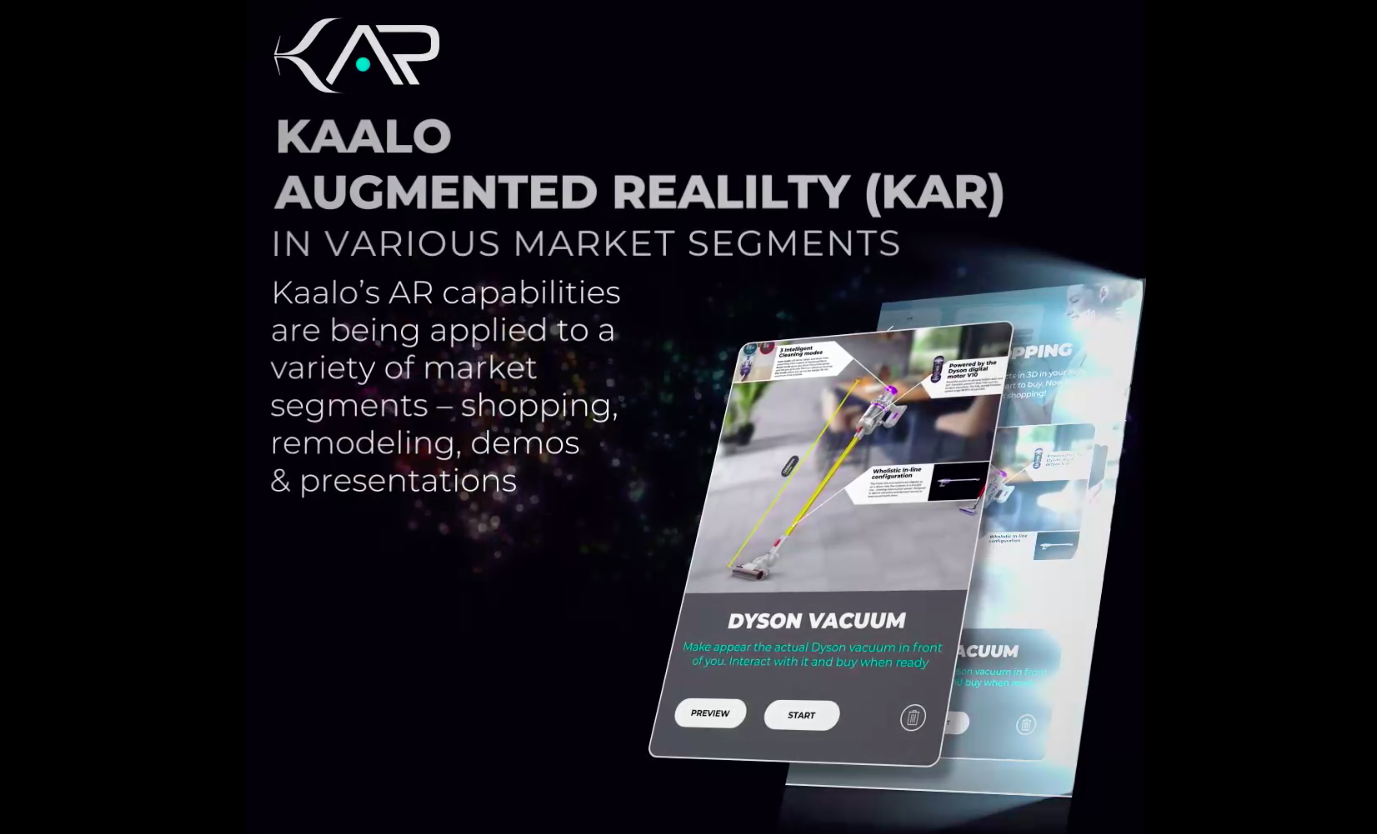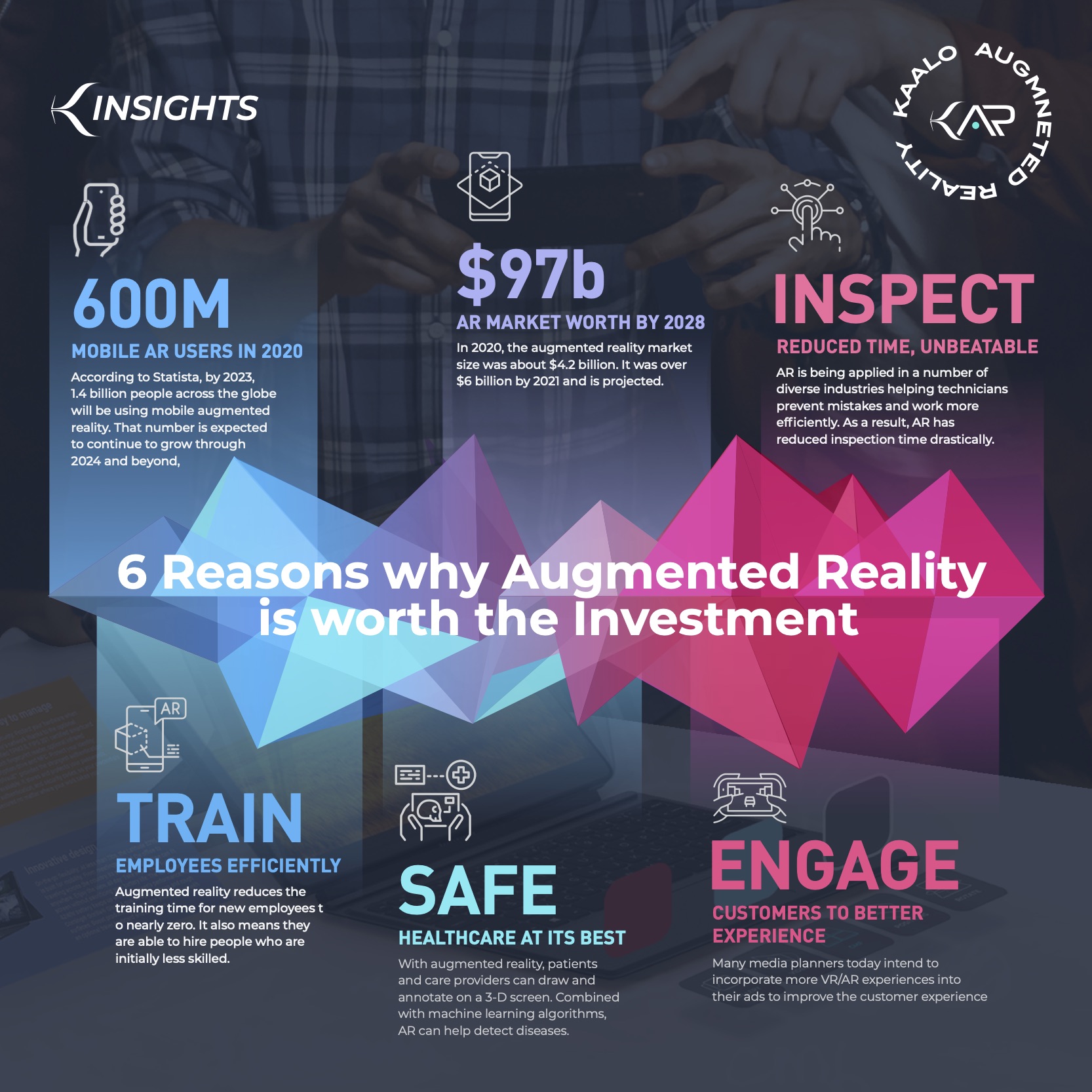Kaalo has been bringing the car showroom to the customer for more than 3 years now. Buyers are able to explore cars in true scale, color, material and finish in the convenience of their homes or anywhere. They are able to conference in family members for a full 360 degrees experience. View features, details, specifications, and even get technical with thermals, airflow, x-ray vision, and exploded view of assemblies. Drag and drop a live sales person, populate the car with passengers, luggage and pets, and even check out safety features & crash simulations. All this without any special headgear or further expense – just the phone in your pocket is all you need.
Ask your leadership team to contact Kaalo for a demo: [email protected]; 805.630.8267
#AutomotiveAR #NextGenCarShopping #CarSales #Tesla #Ford #BMW #Mercedes #AutomobileSales #Design #KaaloAR
